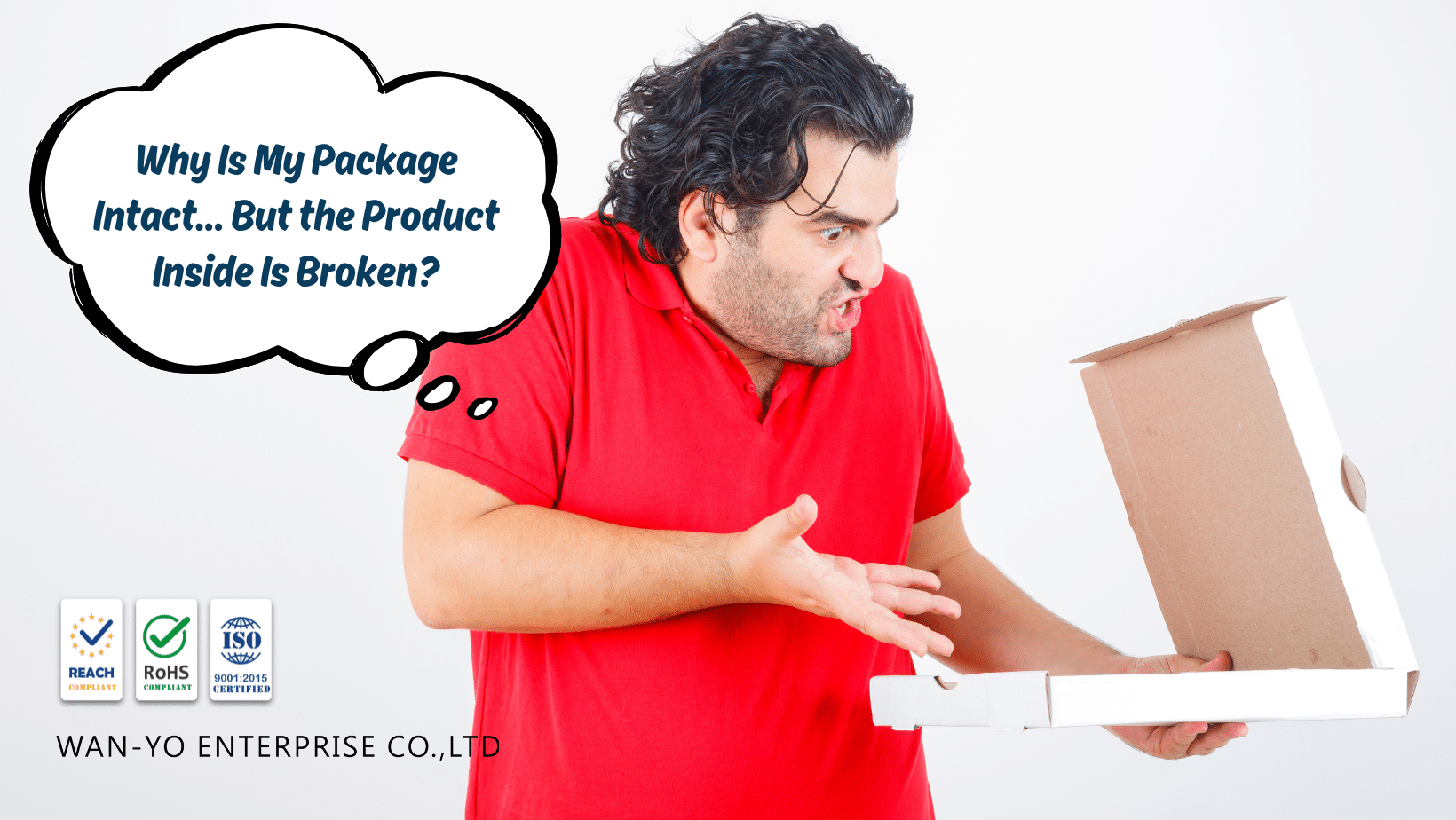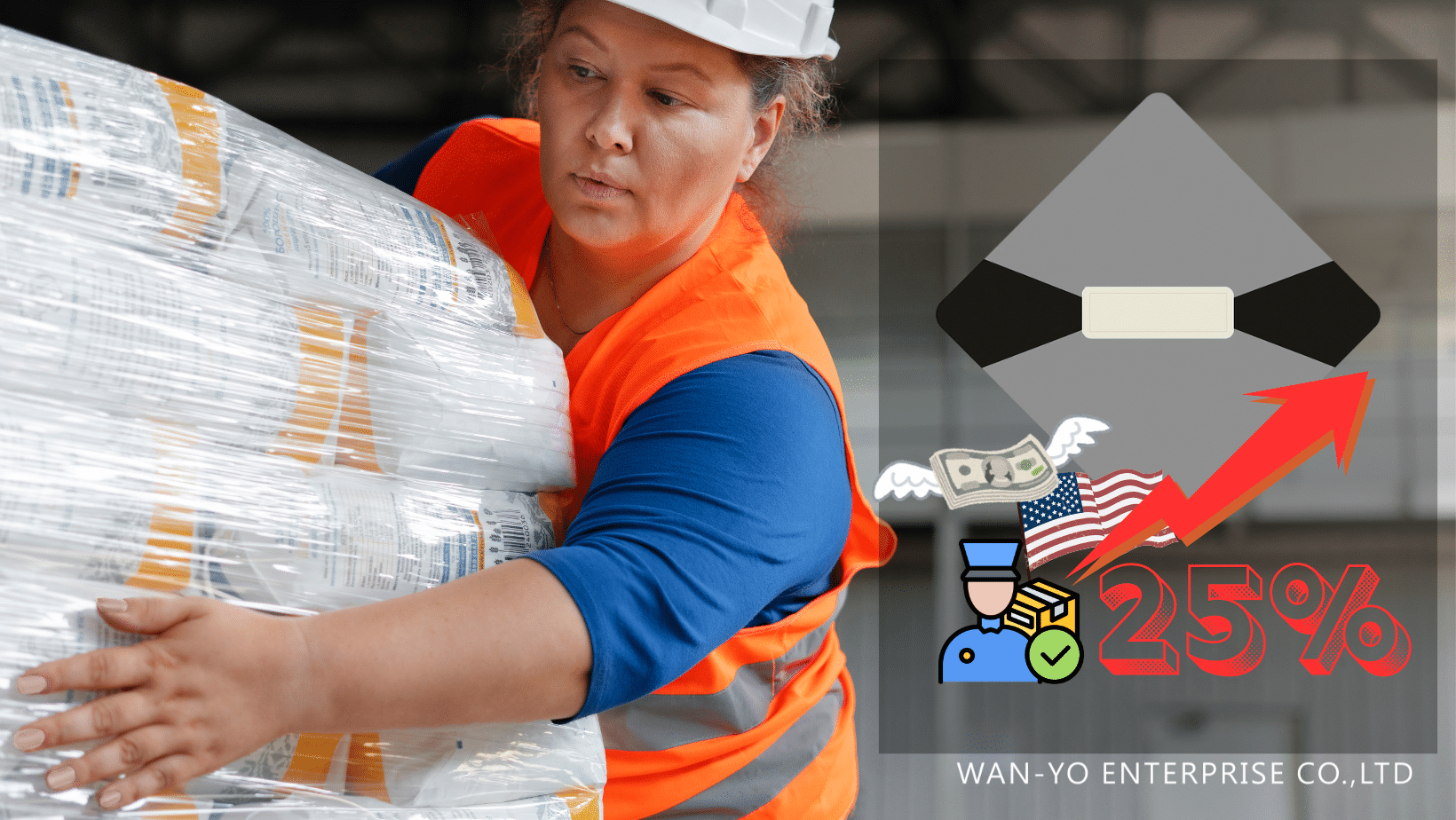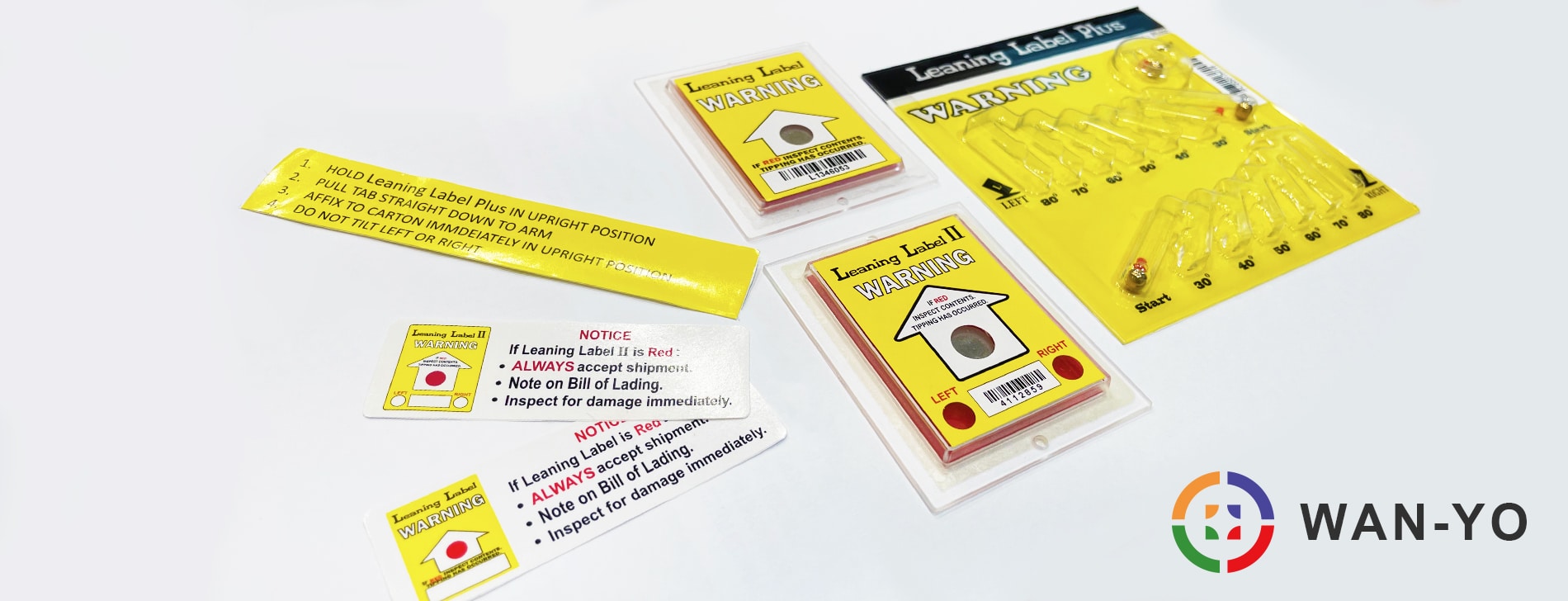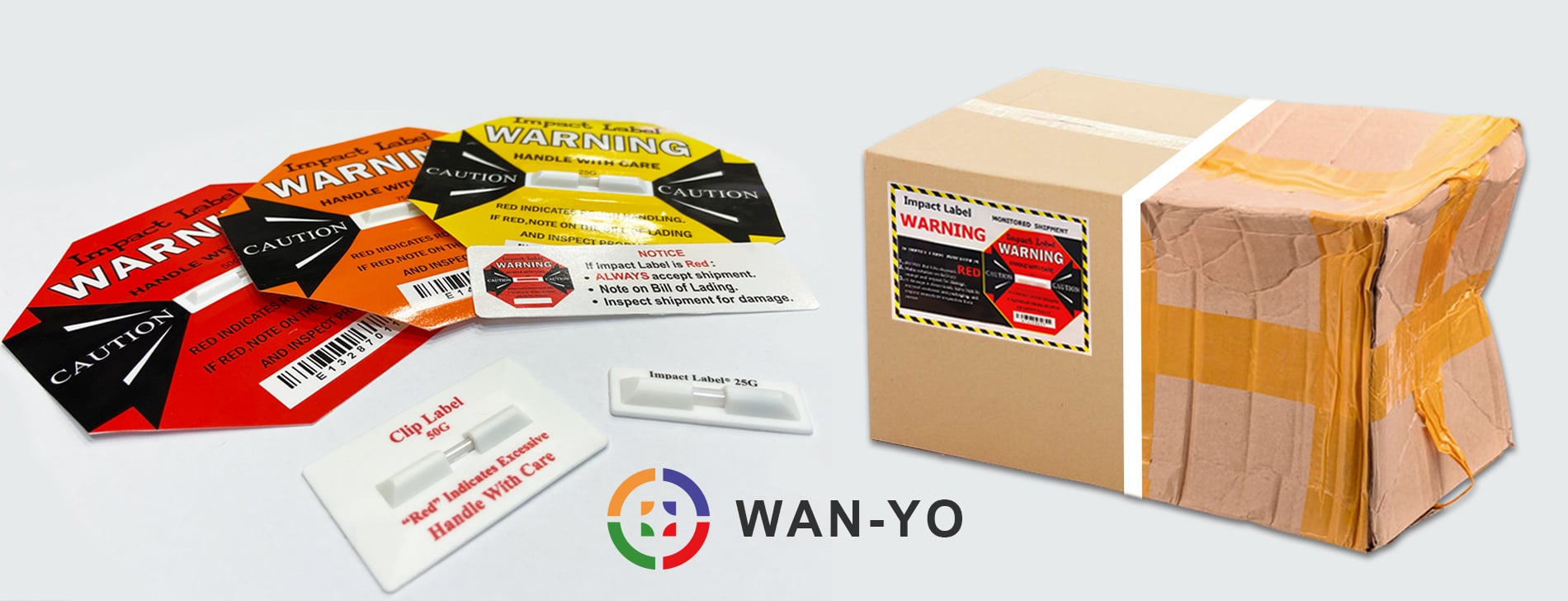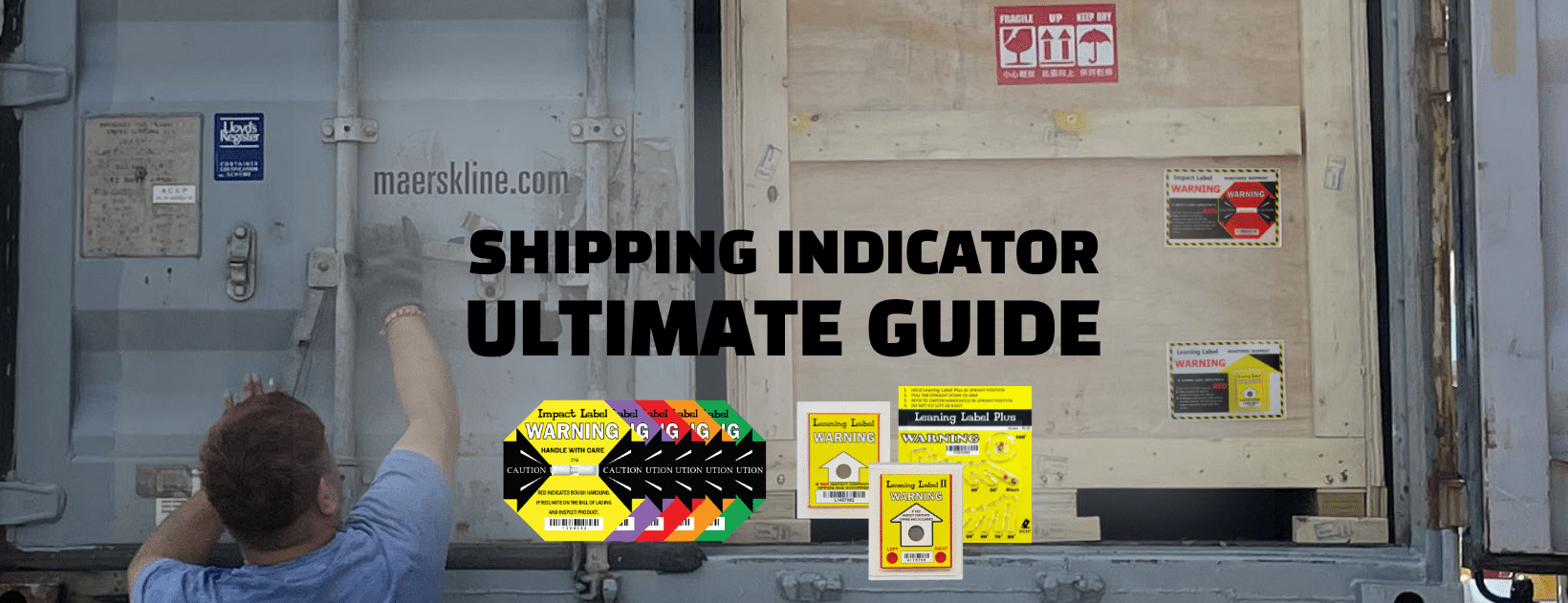For e-commerce businesses, starting cross-border e-commerce could be inevitable due to globalization and saturation of the domestic market. However, expanding your business overseas, there are a lot of things to take into account, such as suitable platforms, regulations, cultures and customer behaviors.

What is cross-border e-commerce?
Cross-border e-commerce is defined as international online trade between a business and a customer(B2C), two businesses(B2B), or two persons(C2C). It entails the sale or purchase of products via online shops across national borders. Buyer and seller are not located in the same country and are often not ruled by the same jurisdiction, use different currencies, and speak different languages.
Why should you think about expanding e-commerce businesses internationally?
Take the trends in global e-commerce into consideration. Global e-commerce is going to rise 22% in 2023 to $6.542 trillion according to eMarketer. Among different regions all over the world, the APAC region is the world’s fastest growing online retail market. Once you make up your mind to start a cross-border e-commerce, there are challenges you may encounter.
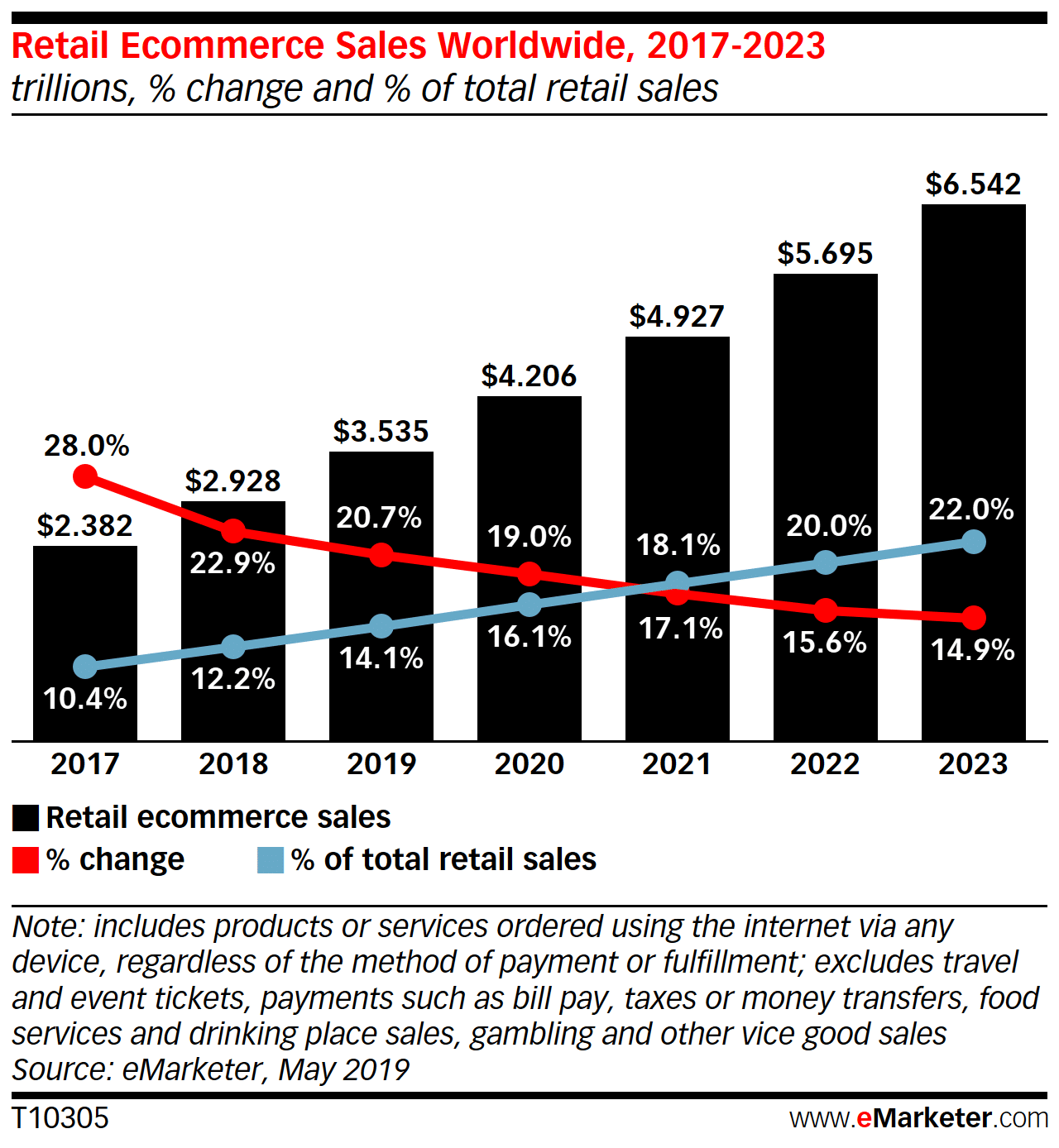
Before starting your cross-border e-commerce, prepare for the challenges.
1. Tax issues and customs clearance
Before shipping goods to other countries, you need to know how to clear customs since different countries have quite different customs regulations. Some allow the goods held in customs until the buyer pays the applicable VAT, while others require sellers to collect the tax when the order is placed. You can also ask shipping service for handling these issues for you that will save you plenty of time, and never be punished for violating the regulations.
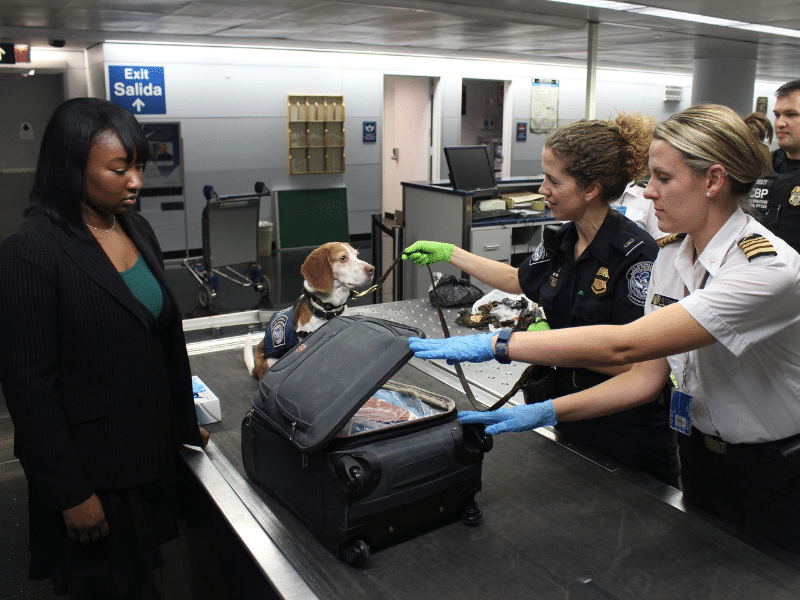
2.Customer returns and refunds laws
Some countries require online sellers to accept returns in certain situations, some have laws governing the disclosure of refund and return policies, and some indicate that there’s no right for customers to cancel agreements. Some states in the United States even require sellers to accept full refunds within 30 days of purchase for any reason and without a justification.
For those who have strict laws, it’s better to understand related regulations. If there are no such laws in your target markets, you can also make an effort to protect your goods during shipping with shock stickers. With the shock stickers, your customers don’t have to worry about refunds for damaged goods.

3.Product certifications
Some product failure could lead to serious negative impact on human beings, animals, and their properties. Therefore, it’s vital that certain products pass all the quality and performance tests to show compliance with standards and safety. Businesses would be punished with fines, recalls, or even imprisonment for violating certifications. Consumers can recognize certified products with certification marks or issued serial numbers.
When it comes to certain products that require certifications, electronic equipment, electronics, medicines, food, medical devices, cosmetics, radiation-emitting electronics, veterinarian products and tobacco products are typically included.

4. Find a reliable logistics provider
A reliable logistics provider can offer cross-border e-commerce the best delivery, returns solutions, and even customs clearance. An experienced logistics provider can not only deliver goods on time, but also protect customers’ products with the best shock stickers. Your customers and you can both track items in real time with everything under control.
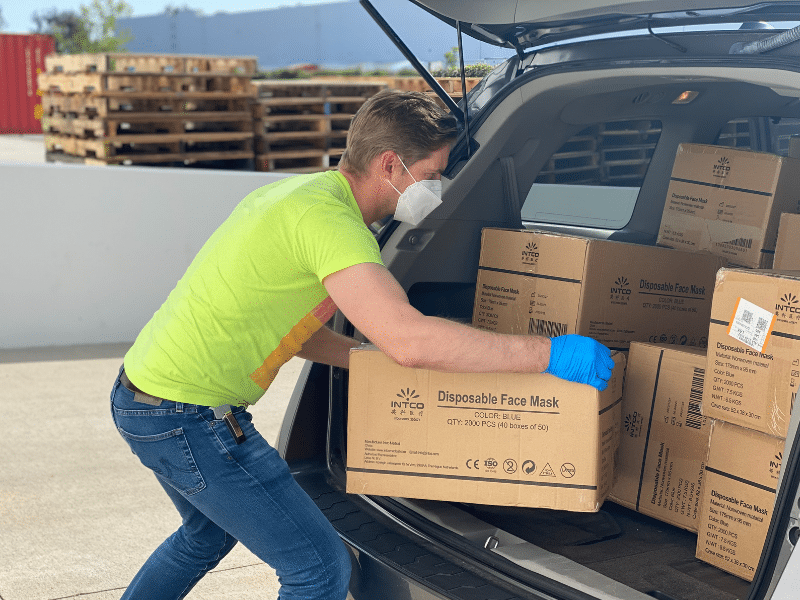
5. Work with native experts
To handle the new market, you will definitely need native experts who know the culture, customer behaviors, and users’ shopping habits much better than foreigners do. Take local influencers for example, experienced native experts can accurately find influencers suitable for your brand to establish brand awareness effectively.

6. Analyze your competitors
It’s necessary to keep a close eye on your competitors and do some research on the market share. Knowing what your competitors are doing is useful that you can know the do’s and don’ts without months of trial and error.

7. Payment methods
Last but not least, you have to be familiar with all the payment methods in the target market. As we know, the APAC region is the world’s fastest growing online retail market; however, it’s not so common for people in countries of APAC region to use credit cards. For example, cash is still the dominant way of paying in India and other Asian countries; buyers shop online, and pay for it with cash once the goods arrive on the doorstep.

這篇內容同時也提供 [繁體中文] 版。



